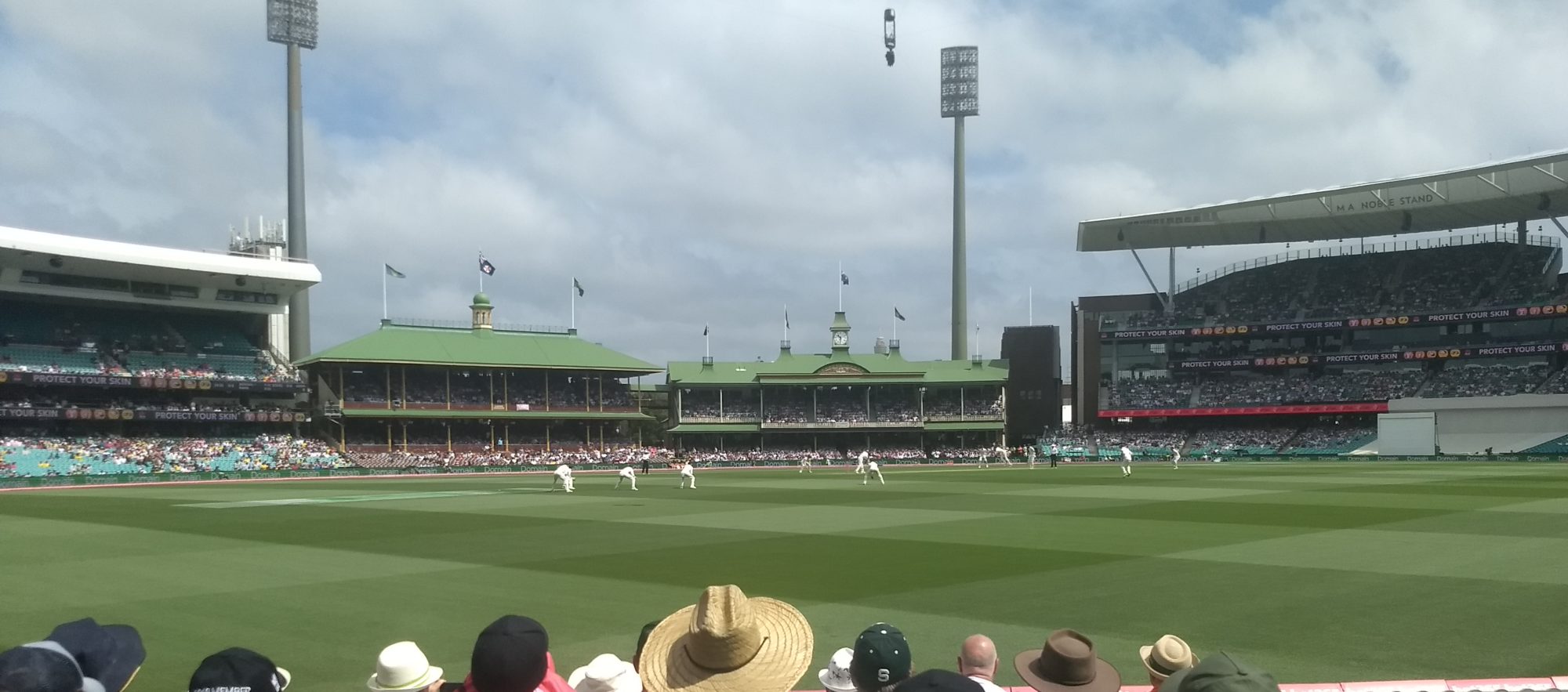Cathryn Fitzpatrick had already held her 21st birthday party when Holly Colvin was born. Not turning sixteen till September 7, Colvin became the youngest Test cricketer for the English women on Tuesday. She paid dividends for England by taking three wickets on the opening day of the Hove Test against Australia – Kate Blackwell, Julia Price and Fitzpatrick – but at day’s end was not allowed to talk to the media.
It seems she would have been “too tired” to talk to the media, according to the ECB minders. CricInfo’s Jenny Thompson was none too impressed by the whole episode.
The question begs, however: why does England persist in selecting girls so young to play international cricket? Charlotte Edwards was first chosen at 16 and has gone on from strength to strength. One could not say the same about:
- Sarah Clarke – England debut in 2001 aged 19, last international January 2002;
- Sarah Collyer – England debut in 1998 aged 17, last international February 2003;
- Leanne Davis – England ODI debut in 2000 aged 15, second and last ODI August 2001;
- Lydia Greenway – England debut in 2002 aged 17, not in current England side;
- Isa Guha – England debut in 2002 aged 17, not in current England side;
- Laura Harper – England ODI debut in 1999 aged 15, last international February 2003;
- Jackie Hawker – England debut in 1999 aged 18; last international January 2002;
- Dawn Holden – England debut in 1999 aged 18; last international August 2004;
- Laura Spragg – England debut in 1999 aged 17; last international 2004;
- Helen Wardlaw – England debut in 2002 aged 19, last international February 2004;
Australia has occasionally brought players into its women’s side at the age of nineteen (Alex Blackwell and Kris Britt are two recent examples to come to mind), but they’ve never turned a senior international squad into a child labour camp.
Would it not be better to allow Holly to mature a bit and blood her into the international game when she is much closer to twenty? I can’t really believe that she is one of the best spinners available in England. What does that tell you about the true state of English women’s cricket?
Anyway, it would be remiss of me not to mention the world record tenth wicket partnership in women’s Test cricket, achieved by Shelley Nitschke and Clea Smith on Tuesday night and Wednesday morning – 119 runs. Both players were making their Test debuts (though Smith has been playing ODIs for Australia since 2000). Nitschke, batting at number ten in her first Test innings, ran out of partners on 81.
My 3-2-1 for Day Two of the Hove Test: 3 pts – Shelley Nitschke; 2 pts – Clea Smith; 1 pt – Charlotte Edwards. Leading points scorer after the women’s Ashes tour will win from me the Wilson-Snowball (also to be known as The Two Betties).
